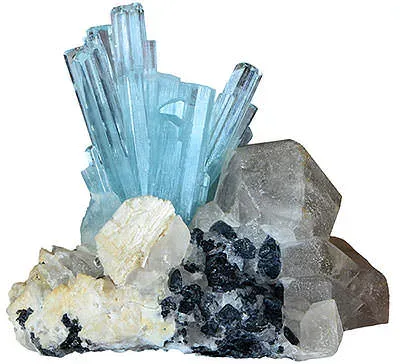 Aquamarine is the March birthstone. The seawater color of the mineral has given this gemstone the name "aquamarine," derived from the Latin word for seawater. The term "aquamarine" was used in an essential gemological work by Anselmus de Boodt, published in 1609. Aquamarine is a valued gem with a long history. In the 19th century, sea green varieties of the stone were the most popular. Today, the more blue the color, the more valuable the stone. In 1910, the largest aquamarine was found in Brazil. It weighed 243 pounds. It was then cut into smaller gems that weighed more than 200,000 carats.
Aquamarine is the March birthstone. The seawater color of the mineral has given this gemstone the name "aquamarine," derived from the Latin word for seawater. The term "aquamarine" was used in an essential gemological work by Anselmus de Boodt, published in 1609. Aquamarine is a valued gem with a long history. In the 19th century, sea green varieties of the stone were the most popular. Today, the more blue the color, the more valuable the stone. In 1910, the largest aquamarine was found in Brazil. It weighed 243 pounds. It was then cut into smaller gems that weighed more than 200,000 carats.
 There are many myths and legends about the aquamarine stone. The Romans believed that if a frog was carved on an aquamarine, it reconciled enemies and made them friends. Another Roman legend stated that the stone absorbs the atmosphere of young love: "When blessed and worn, it joins in love and does great things." Aquamarine was also considered the most appropriate gift to give to a bride by her groom following their wedding. The Greeks and the Romans knew the blue aquamarine as the sailor's gem, ensuring the safe and prosperous passage across stormy seas. In Medieval times, the stone was thought to reawaken the love of married couples. It was also believed to render soldiers invincible.
There are many myths and legends about the aquamarine stone. The Romans believed that if a frog was carved on an aquamarine, it reconciled enemies and made them friends. Another Roman legend stated that the stone absorbs the atmosphere of young love: "When blessed and worn, it joins in love and does great things." Aquamarine was also considered the most appropriate gift to give to a bride by her groom following their wedding. The Greeks and the Romans knew the blue aquamarine as the sailor's gem, ensuring the safe and prosperous passage across stormy seas. In Medieval times, the stone was thought to reawaken the love of married couples. It was also believed to render soldiers invincible.
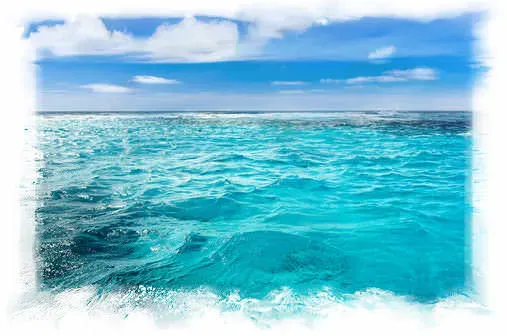 The Sumerians, Egyptians, and Hebrews also admired aquamarine gems greatly. It was a symbol of happiness and everlasting youth. In the Christian era, the aquamarine was identified with St. Thomas because it "imitated the sea and the air." The Saint made long journeys by sea, even to India, to preach salvation. William Langland mentions aquamarine as an antidote for poison in 1377. This cure was widely known throughout Europe. The gem was in popular demand for that purpose because there was a vast amount of poisoning of royalty at the time. It was unnecessary to crush the stone, as it was with other gemstones. Simply wearing the stone as a pendant or ring was just as effective.
The Sumerians, Egyptians, and Hebrews also admired aquamarine gems greatly. It was a symbol of happiness and everlasting youth. In the Christian era, the aquamarine was identified with St. Thomas because it "imitated the sea and the air." The Saint made long journeys by sea, even to India, to preach salvation. William Langland mentions aquamarine as an antidote for poison in 1377. This cure was widely known throughout Europe. The gem was in popular demand for that purpose because there was a vast amount of poisoning of royalty at the time. It was unnecessary to crush the stone, as it was with other gemstones. Simply wearing the stone as a pendant or ring was just as effective.
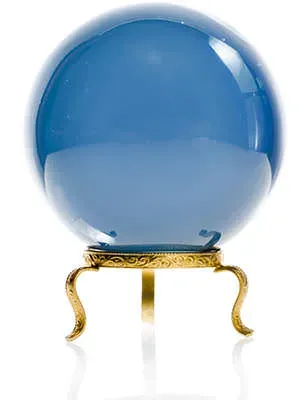 Writers of the Middle Ages claimed aquamarine was the most popular and influential of the "oracle" crystals. When cut as a crystal ball, it was considered a superior stone for fortune telling. Many methods of using the stone as a divining tool were described in ancient literature. One way involved hanging a stone by a thread over a water bowl, just touching the surface. The inner edge of the bowl was covered with the alphabet's characters. The diviner was to hold the top of the thread and allow the stone to hit certain letters, which would spell out answers to an important question, sort of like an Ouija board. Another method was to cast a crystal into a bowl of pure water. The disturbances in the water would reveal messages on the surface of the liquid. Aquamarine's powers of revelation were also said to help one search for lost or hidden things.
Writers of the Middle Ages claimed aquamarine was the most popular and influential of the "oracle" crystals. When cut as a crystal ball, it was considered a superior stone for fortune telling. Many methods of using the stone as a divining tool were described in ancient literature. One way involved hanging a stone by a thread over a water bowl, just touching the surface. The inner edge of the bowl was covered with the alphabet's characters. The diviner was to hold the top of the thread and allow the stone to hit certain letters, which would spell out answers to an important question, sort of like an Ouija board. Another method was to cast a crystal into a bowl of pure water. The disturbances in the water would reveal messages on the surface of the liquid. Aquamarine's powers of revelation were also said to help one search for lost or hidden things.
 According to folklore, aquamarine would bring victory in battles and disputes. The gem was also known as a cure for belching and yawning. It was considered especially effective for curing throat, stomach, and tooth ailments. Aquamarine was also used in ceremonies. It was believed to bring rain when needed or cause drought to enemies. Wearing it as an amulet was thought to relieve pain, make the wearer friendlier, and cure laziness. The ancient philosopher Pliny paid tribute to this gem of vitality, stating, "The lovely aquamarine, which seems to have come from some mermaid's treasure house, in the depths of a summer sea, has charms not to be denied."
According to folklore, aquamarine would bring victory in battles and disputes. The gem was also known as a cure for belching and yawning. It was considered especially effective for curing throat, stomach, and tooth ailments. Aquamarine was also used in ceremonies. It was believed to bring rain when needed or cause drought to enemies. Wearing it as an amulet was thought to relieve pain, make the wearer friendlier, and cure laziness. The ancient philosopher Pliny paid tribute to this gem of vitality, stating, "The lovely aquamarine, which seems to have come from some mermaid's treasure house, in the depths of a summer sea, has charms not to be denied."
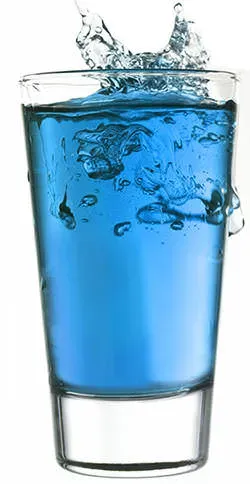 Aquamarine is said to have many positive effects on the person who wears it. Pliny the Elder lists the stone as an excellent cure for eye diseases. The eye was supposed to be washed in water that had an aquamarine in it. They said placing the gem powder in the eyes each morning would cure serious eye problems. Ancient Romans believed aquamarine would help cure stomach and throat illnesses. Today, healers believe that the aquamarine stone aids in retaining water, which is related to the water qualities of aquamarine. Modern healers also believe the stone will help deal with gland disorders and help to keep your eyes healthy. It is related to the throat charka, including speech and singing. This quality comes from the color's therapeutic value rather than the stone itself.
Aquamarine is said to have many positive effects on the person who wears it. Pliny the Elder lists the stone as an excellent cure for eye diseases. The eye was supposed to be washed in water that had an aquamarine in it. They said placing the gem powder in the eyes each morning would cure serious eye problems. Ancient Romans believed aquamarine would help cure stomach and throat illnesses. Today, healers believe that the aquamarine stone aids in retaining water, which is related to the water qualities of aquamarine. Modern healers also believe the stone will help deal with gland disorders and help to keep your eyes healthy. It is related to the throat charka, including speech and singing. This quality comes from the color's therapeutic value rather than the stone itself.
 Aquamarine is considered a healing stone that treats spiritual and mental issues. It can help people understand the value of taking a break and taking some time to think. It can help you be more connected with inner peace. It is known for its ability to calm nervous tension because it is calming and soothing. Aquamarine is a beautiful stone for meditation. It quiets the mind and clears unwanted thoughts. It also brings a spiritual awareness and encourages helping others.
Aquamarine is considered a healing stone that treats spiritual and mental issues. It can help people understand the value of taking a break and taking some time to think. It can help you be more connected with inner peace. It is known for its ability to calm nervous tension because it is calming and soothing. Aquamarine is a beautiful stone for meditation. It quiets the mind and clears unwanted thoughts. It also brings a spiritual awareness and encourages helping others.
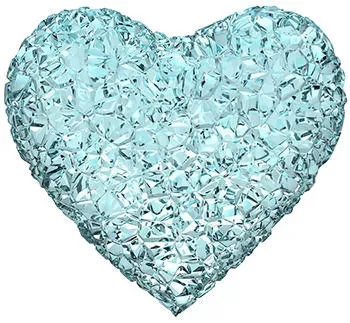 Working with the stone improves one's overall sense of well-being. Some suggest that aquamarine is used to treat people who procrastinate. One who wears aquamarine is believed to have a better ability to think clearly and make quick decisions. It also increases one's access to courage. It promotes motivation and comfort in times of physical and emotional trouble. The stone shields and protects us. It reminds us of love and caring through times of change and in one's life. It aids in promoting spiritual awareness, brings about soul healing, and heals deeply at all levels. In addition to its remedial values, it is an excellent stone to change your life, holding more true to your inner, spiritual self and helping yourself remain calm and purified of bad habits.
Working with the stone improves one's overall sense of well-being. Some suggest that aquamarine is used to treat people who procrastinate. One who wears aquamarine is believed to have a better ability to think clearly and make quick decisions. It also increases one's access to courage. It promotes motivation and comfort in times of physical and emotional trouble. The stone shields and protects us. It reminds us of love and caring through times of change and in one's life. It aids in promoting spiritual awareness, brings about soul healing, and heals deeply at all levels. In addition to its remedial values, it is an excellent stone to change your life, holding more true to your inner, spiritual self and helping yourself remain calm and purified of bad habits.
 Aquamarine is a type of
Aquamarine is a type of ![]() beryl that is pale blue, light blue-green, or even light green. It is usually colorless, but iron content gives it its blue/green color. The green of aquamarine gemstones is a watery green without any traces of yellow. In the past, the most valued aquamarine stones were green. Today, the most treasured aquamarine stones are rich sky blue, but even the blue stones have a green or bluish-green tint. Depending on which angle you look at an aquamarine, it may look deep blue, green, or colorless. A varied display of aquamarines is like seeing the many colors of oceans, lakes, and other bodies of water worldwide. Every aquamarine recalls a hue of some body of water you have enjoyed. Almost all aquamarines on the market have been heat treated to enhance the color. The light color tone of the aquamarine flatters all skin colors and harmonizes with all precious metals. Many aquamarine stones are virtually free of inclusions, and their luster is vitreous.
beryl that is pale blue, light blue-green, or even light green. It is usually colorless, but iron content gives it its blue/green color. The green of aquamarine gemstones is a watery green without any traces of yellow. In the past, the most valued aquamarine stones were green. Today, the most treasured aquamarine stones are rich sky blue, but even the blue stones have a green or bluish-green tint. Depending on which angle you look at an aquamarine, it may look deep blue, green, or colorless. A varied display of aquamarines is like seeing the many colors of oceans, lakes, and other bodies of water worldwide. Every aquamarine recalls a hue of some body of water you have enjoyed. Almost all aquamarines on the market have been heat treated to enhance the color. The light color tone of the aquamarine flatters all skin colors and harmonizes with all precious metals. Many aquamarine stones are virtually free of inclusions, and their luster is vitreous.
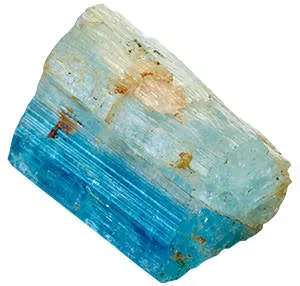 Aquamarine is found in granite and stream gravels. Crystals in some granite grow very large, up to 30 feet. Aquamarine crystals of up to 3 feet are not uncommon. The best quality stones are from Brazil, where crystals weighing several kilos have been found. Aquamarine is also found in Russia, Madagascar, the United States, Afghanistan, Pakistan, and India.
Aquamarine is found in granite and stream gravels. Crystals in some granite grow very large, up to 30 feet. Aquamarine crystals of up to 3 feet are not uncommon. The best quality stones are from Brazil, where crystals weighing several kilos have been found. Aquamarine is also found in Russia, Madagascar, the United States, Afghanistan, Pakistan, and India.
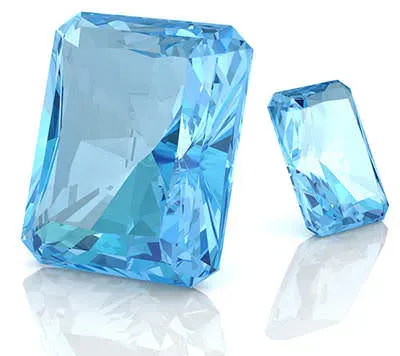 The
The ![]() emerald cut is the most common aquamarine cut, followed by oval or pear-shaped cuts. It is a relatively easy stone to cut. It is found in unique shapes as cutters experiment with new forms. It rates a 7.5 to 8 on the hardness scale, making it a durable stone to wear. Large aquamarine stones, ranging from several to more than ten carats, are relatively common. Rich blue stones that are several carats in weight are extremely valuable. Occasionally, aquamarines are found in large enough places to yield finished gemstones in the 1000-plus carat range. What is excellent about the jewel is its wide price range, which makes it available to almost anyone.
emerald cut is the most common aquamarine cut, followed by oval or pear-shaped cuts. It is a relatively easy stone to cut. It is found in unique shapes as cutters experiment with new forms. It rates a 7.5 to 8 on the hardness scale, making it a durable stone to wear. Large aquamarine stones, ranging from several to more than ten carats, are relatively common. Rich blue stones that are several carats in weight are extremely valuable. Occasionally, aquamarines are found in large enough places to yield finished gemstones in the 1000-plus carat range. What is excellent about the jewel is its wide price range, which makes it available to almost anyone.
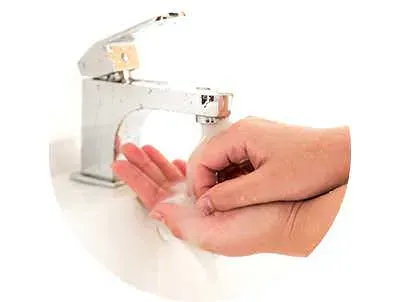 The best way to clean your aquamarine jewelry is with warm, soapy water and an old toothbrush. Once you have washed the stone, rinse it well with plain water. Be careful to use warm water instead of hot water to reduce the dangers of thermal shock. Cleaners and detergents should be avoided as they can cause allergic reactions. It is also best not to clean aquamarine in an ultrasonic tank. Avoid sudden temperature changes, steaming, and contact with cosmetics, hairspray, perfume, or household chemicals.
The best way to clean your aquamarine jewelry is with warm, soapy water and an old toothbrush. Once you have washed the stone, rinse it well with plain water. Be careful to use warm water instead of hot water to reduce the dangers of thermal shock. Cleaners and detergents should be avoided as they can cause allergic reactions. It is also best not to clean aquamarine in an ultrasonic tank. Avoid sudden temperature changes, steaming, and contact with cosmetics, hairspray, perfume, or household chemicals.